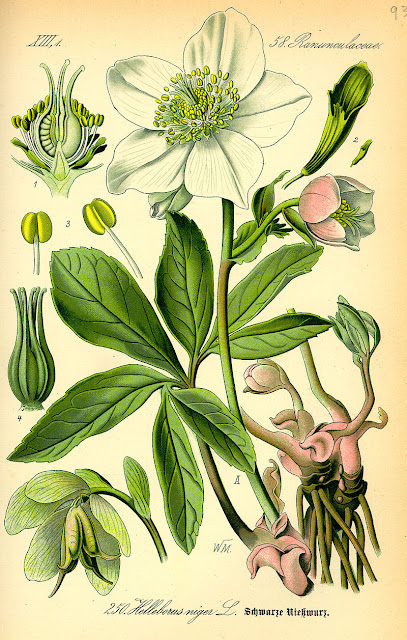 |
| Where is the best place to plant a Camellia? |
If you have purchased a Camellia cultivar then well done, you obviously have good taste. Dark glossy leaves combined with absolutely gorgeous blooms, why wouldn't you want one in your garden? Well there may be a couple of reasons, one being the price of the more fancy varieties. The second, and arguably more pertinent is that once established they can often become pale and stunted! So in order to get the best performance out of your chosen specimen, where is the best place to plant a Camellia?
To begin with you need to check the family history and this will flag up one important piece of information. camellias are housed within the Ericales order meaning that they are closely related to plant in the ericaceous family. Ericaceous plants are known for their tolerance for acidic, infertile conditions and Camellias do indeed struggle when grown in alkaline soils. This means that even before you choose your site, if your soil is not naturally acidic you will then need to provide acidic conditions. You can achieve this by purchasing a couple of large bags of ericaceous compost, or help acidify the soil by adding flowers of sulphur or plenty of moss peat. Acidity between pH 7 and pH 5 is perfect. Humus rich soils are also preferable.
Now that has been dealt with the rest is easy although Camellias require a large amount of water, either from natural rainfall or from irrigation as in general they will not tolerate drought. let them get too dry over the summer and autumn and you can easily lose the growing flower buds. This means that planting in the ground will be so much easier than trying to grow them in containers.
Keeping is simple the rest of the requirements are simple. Camellias prefer a partially shady position, preferably out of direct sun during the hottest part of the day. To make it more challenging they also like to be out the way of early morning sun as this can dry out developing buds. One last thing, plant in a sheltered position protected from exposed conditions such as strong winds.
So to answer your question, if you can achieve all the points covered above then once again well done. You have now found the best place to plant camellias.
For related articles click onto the following links:
ARE AZALEAS EASY TO GROW?
CAMELLIA JAPONICA 'BLACK LACE'
CAMELLIA JAPONICA 'Desire'
CAMELLIA JAPONICA 'Mrs. Tingley'
CAMELLIA 'ROYALTY'





































